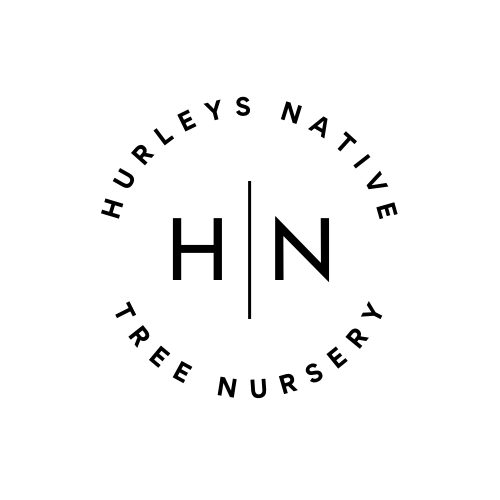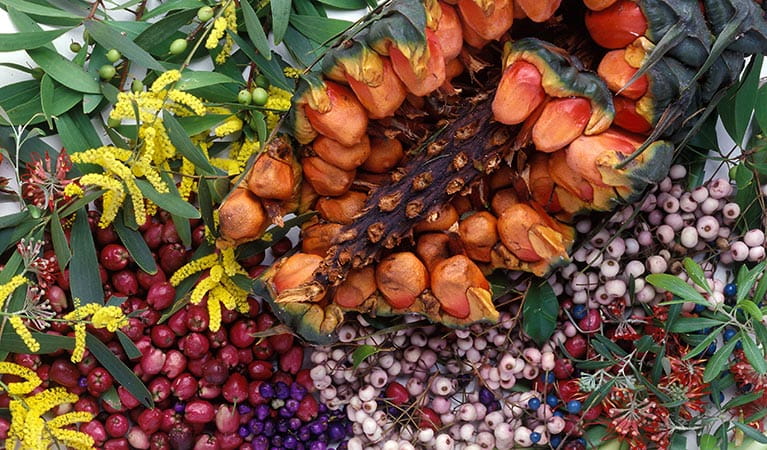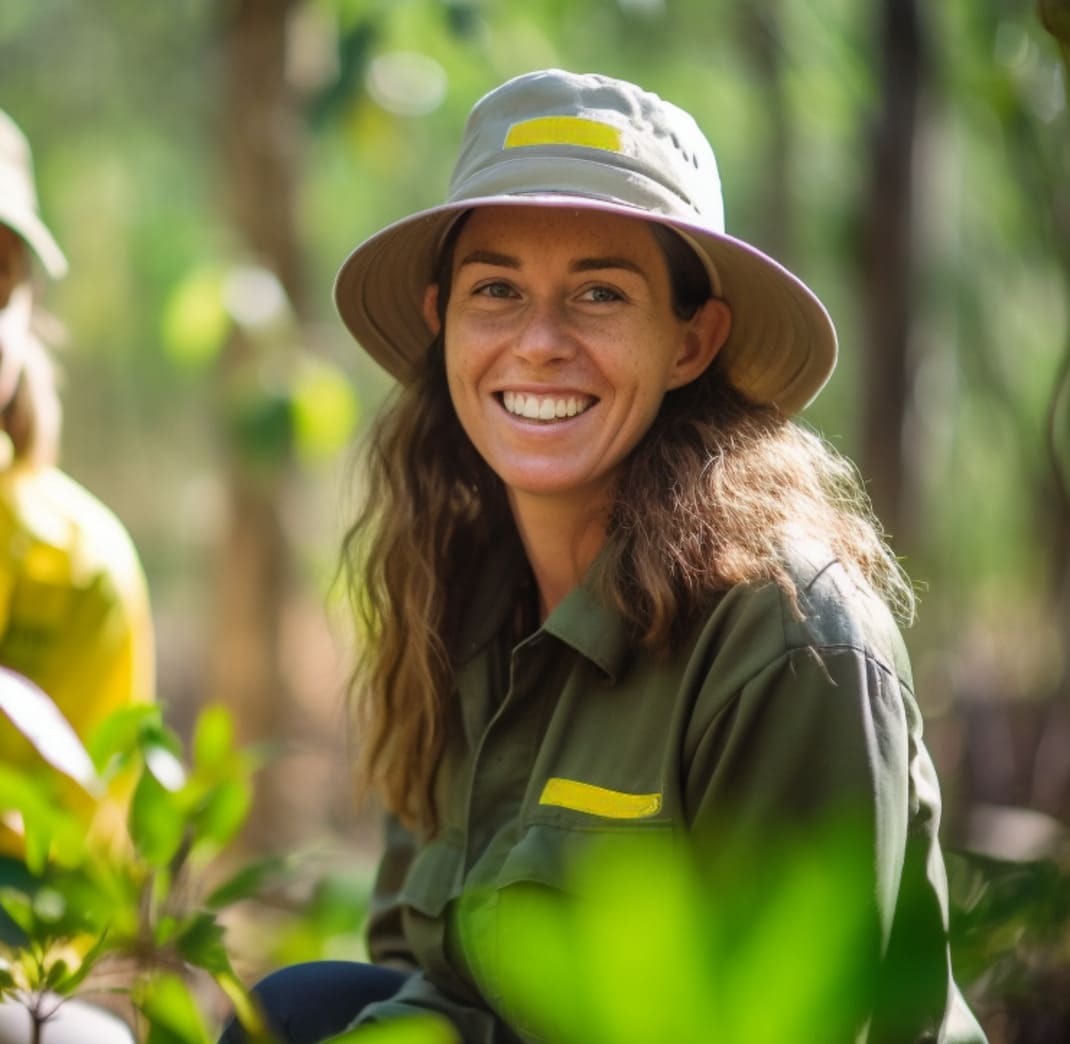Introduction
In the heart of Australia, a land of dramatic landscapes and unique biodiversity lies an ancient secret—Bush Tucker. For tens of thousands of years, the Indigenous people of this vast continent have forged a deep connection with Country, understanding its rhythms, and harnessing its bounty.
What is Bush Tucker?
Bush Tucker refers to the native flora and fauna traditionally consumed by Aboriginal and Torres Strait Islander communities. From the zesty taste of finger limes that burst in the mouth to the nutty goodness of wattle seeds, these foods are not just about sustenance but are deeply ingrained in the Aboriginal culture.
Historical Significance
Australia’s Indigenous communities have developed intricate knowledge systems around the country’s native flora and fauna. These foods weren’t just picked at random. They were chosen for their taste, nutrition, and availability, intertwined with stories, rituals, and seasons. The act of gathering was often a communal affair, passed down from one generation to another, a practice that’s more than just survival—it’s a celebration of culture and identity.
Popular Bush Tucker Plants
While there are countless bush foods to explore, a few have gained prominence even in mainstream diets:
- Finger Limes: Often referred to as ‘lime caviar,’ these small, elongated fruits contain beads that are bursting with tartness.
- Macadamia Nuts: Before they became globally loved, macadamias were already a popular treat among Indigenous communities.
- Wattle Seeds: These seeds have been a consistent food source, often ground into a flour and used in baking.
- Davidson’s Plums: Deep red and sour, these fruits are not only delicious but are also rich in antioxidants and perfect for jam and distillations.
- Lilly Pilly – Small Cherry fruits perfect for preserves and for natural dye colourings.
Modern Uses
The appreciation for Bush Tucker has grown beyond the boundaries of its ancient origins. Modern Australian chefs are increasingly incorporating these ingredients into gourmet dishes. From fine-dining restaurants in Sydney showcasing kangaroo meat with finger lime dressing and cafes in Melbourne offering wattle seed lattes, the renaissance of Bush Tucker in modern cuisine is undeniable.
Moreover, with a global shift towards organic and native foods, many Australian households are revisiting their roots, planting native species in their gardens, and cooking traditional dishes.
Health Benefits
The benefits of Bush Tucker foods extend beyond their cultural significance. They are nutrient-dense, often packed with vitamins, antioxidants, and other essential minerals. For instance, the Kakadu plum, another native fruit, has Vitamin C levels far higher than oranges. Similarly, many native herbs and spices are now recognised for their medicinal properties, offering anti-inflammatory and antiviral benefits.
Closing
Australia’s Bush Tucker is a journey through time—a bridge connecting the ancient wisdom of its Indigenous people with the contemporary pulse of the nation. As we savor these unique flavors and textures, we’re not just enjoying a meal. We are partaking in an age-old tradition, understanding a culture, and most importantly, celebrating the diverse and rich tapestry of Australia.
For those curious to delve deeper into the world of Bush Tucker, visiting our nursery will provide a hands-on experience. We take immense pride in preserving and promoting the diverse palette of Australian native plants, ensuring that every plant tells a story of the land down under.



